In the present day, taking photos has become incredibly simple, particularly with the integration of cameras into our phones. But have you ever wondered how this photographic journey began? Over many years, a wide array of individuals, including philosophers, alchemists, businessmen, spies, artists, and even some less noble characters, all tried their hand at creating a camera. Many of these early attempts didn’t quite hit the mark. However, it was in the 19th century that true success was achieved, and what we now recognize as a camera was born. The very first photograph was captured in 1826, although it took a painstaking 8 hours to create. Today, let’s explore the fascinating history of cameras in a video, tracing the incredible journey from those early struggles to the convenient technology we enjoy today.
Early Beginnings – Camera Obscura
The origins of the camera can be traced back to ancient times, with the concept of the “camera obscura” first documented by the Iraqi scientist Alhazen in the 10th century. The term “camera obscura” translates to “dark room” in Latin. It referred to a darkened room with a small hole or aperture on one side, through which light entered and formed an inverted image of the external scene on the opposite wall. Artists and philosophers used this concept for centuries to understand optics and project images.
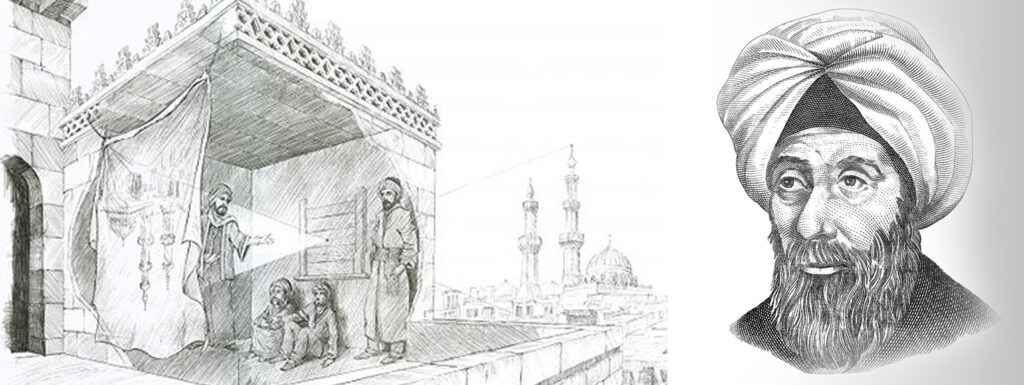
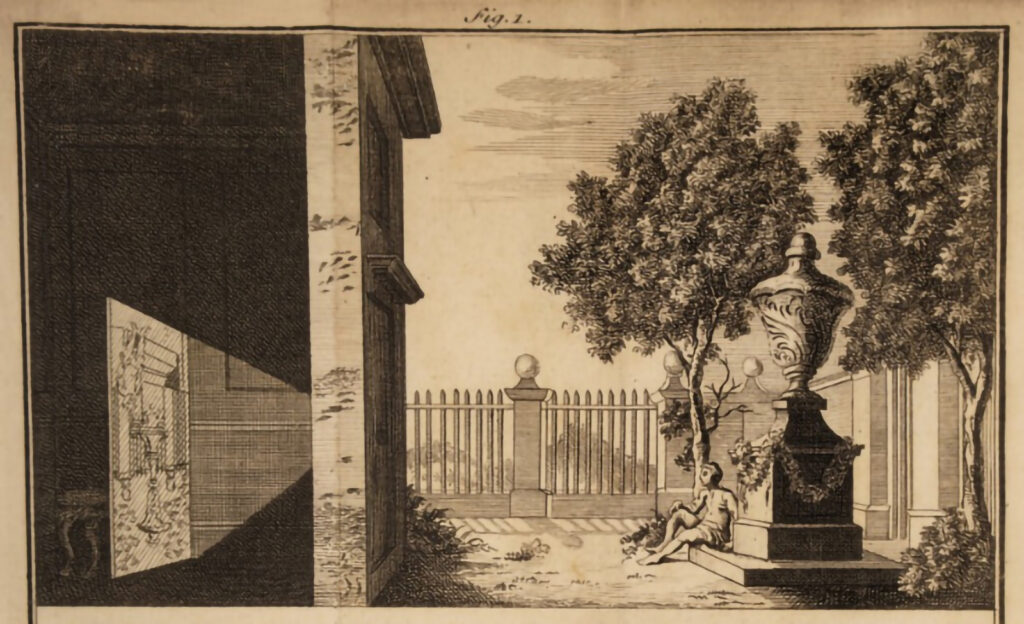
Renaissance and Camera Obscura in Art
During the Renaissance, great minds like Leonardo da Vinci recognized the potential of the camera obscura as an aid in creating more accurate and detailed artworks. By placing a lens at the aperture, they were able to project the inverted image onto a surface, which artists could then trace or use as a reference for their paintings. This technique greatly contributed to the precision and realism seen in Renaissance art.
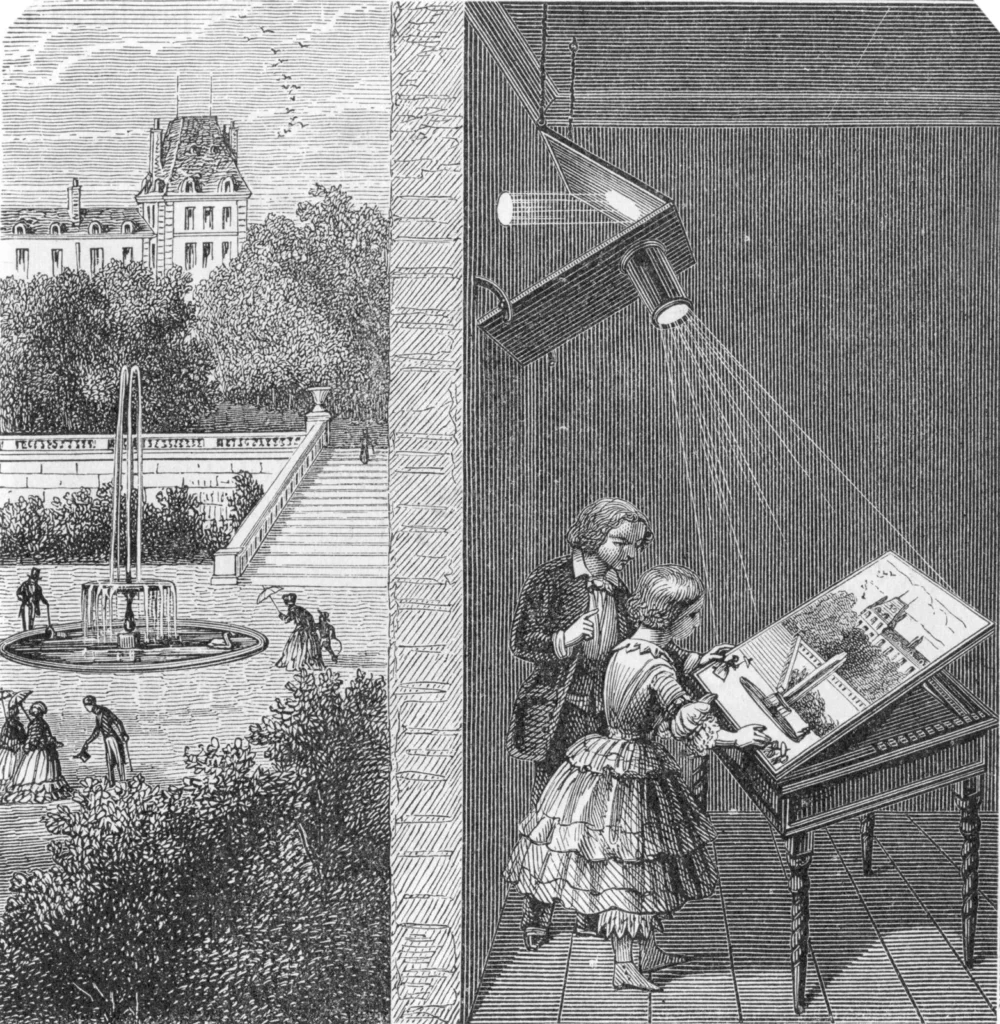
Early Experiments with Photography
The real breakthrough in photography came in the 19th century. Several inventors and scientists, including Joseph Nicéphore Niépce, Louis Daguerre, and William Henry Fox Talbot, made significant contributions to the development of photography. In 1826, Joseph Nicéphore Niépce captured the world’s first photograph using a process called “heliography.” His image, known as “View from the Window at Le Gras”.
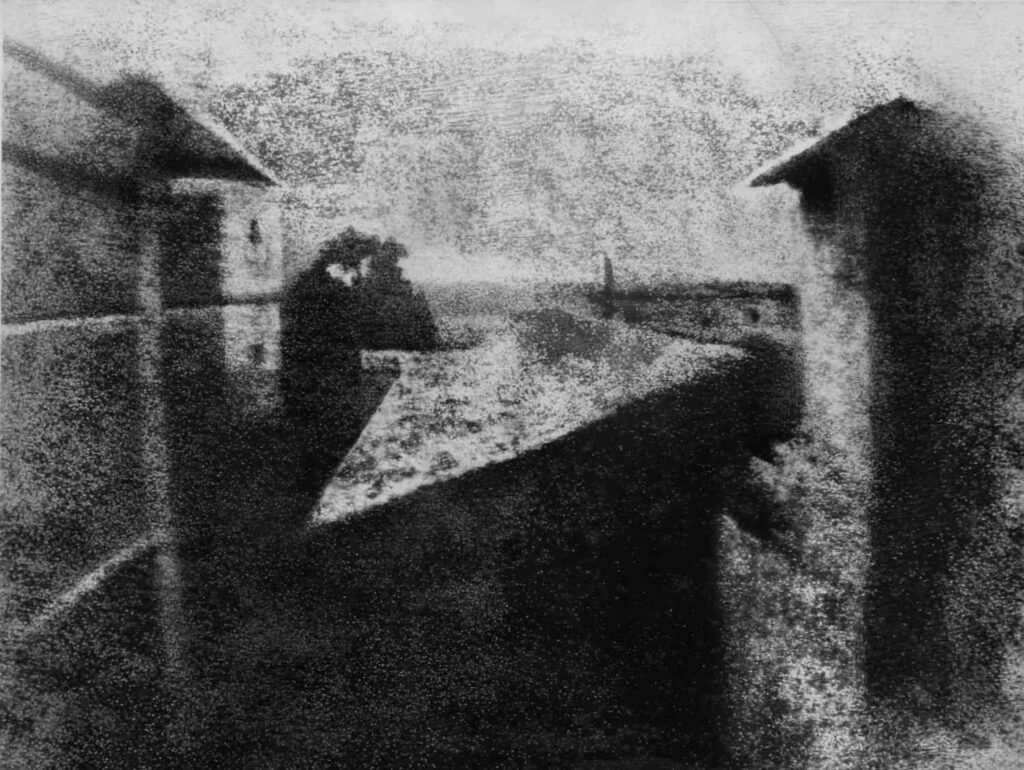
Joseph Nicéphore Niépce primarily used silver chloride solution, He miniaturized the camera obscura, put a paper coated with silver chloride inside his creation and put his camera in front of his window. After around 8 hrs of exposure, he finally got the first photograph.
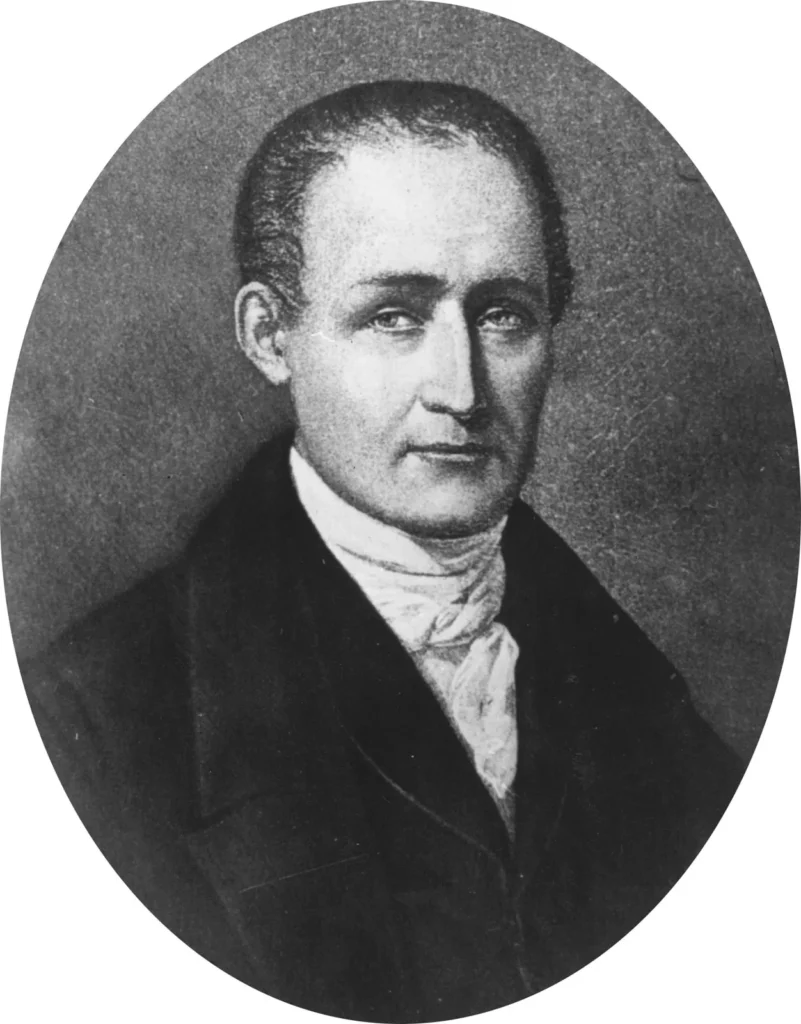
There were two main problems initially. First, it took an incredibly long time to capture a single image with this camera – 8hrs of exposure time – imagine having to sit still in front of the camera for 8 hours just to get one picture!
The second problem was that after taking a photo and removing the paper from the camera, it would be exposed to light, causing the silver chloride on it to slowly turn black, essentially ruining the entire picture.
Daguerreotype and Calotype
To solve these problems, Joseph Nicéphore Niépce and his assistant Louis Daguerre experimented. Instead of silver chloride, they used bitumen, which did solve the problem of the image turning black. However, it still took a long exposure time, around 8 hours, to capture an image.
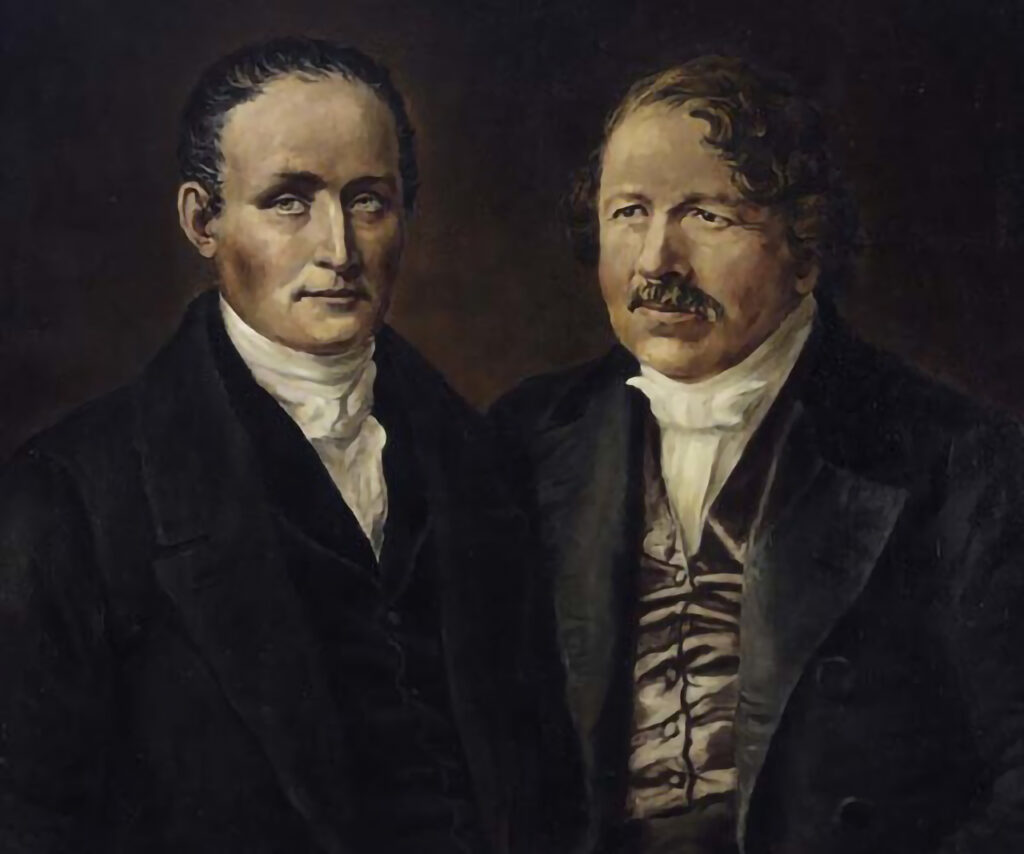
Louis Daguerre later introduced the daguerreotype process in 1839, which greatly reduced exposure times, making photography more practical. The daguerreotype is a direct-positive photographic method that produces a remarkably detailed image on a copper plate coated with a thin layer of silver, all without the need for a negative. This process demanded meticulous attention and precision.

Around the same time, William Henry Fox Talbot introduced the calotype process, which allowed multiple copies of an image to be made from a single negative.
George Eastman and the Kodak Revolution
In the late 19th century, George Eastman made a groundbreaking contribution to photography. He introduced dry plates, which allowed for the creation of photographic negatives. In 1889, he founded the Eastman Kodak Company, marking the birth of the camera manufacturing industry.
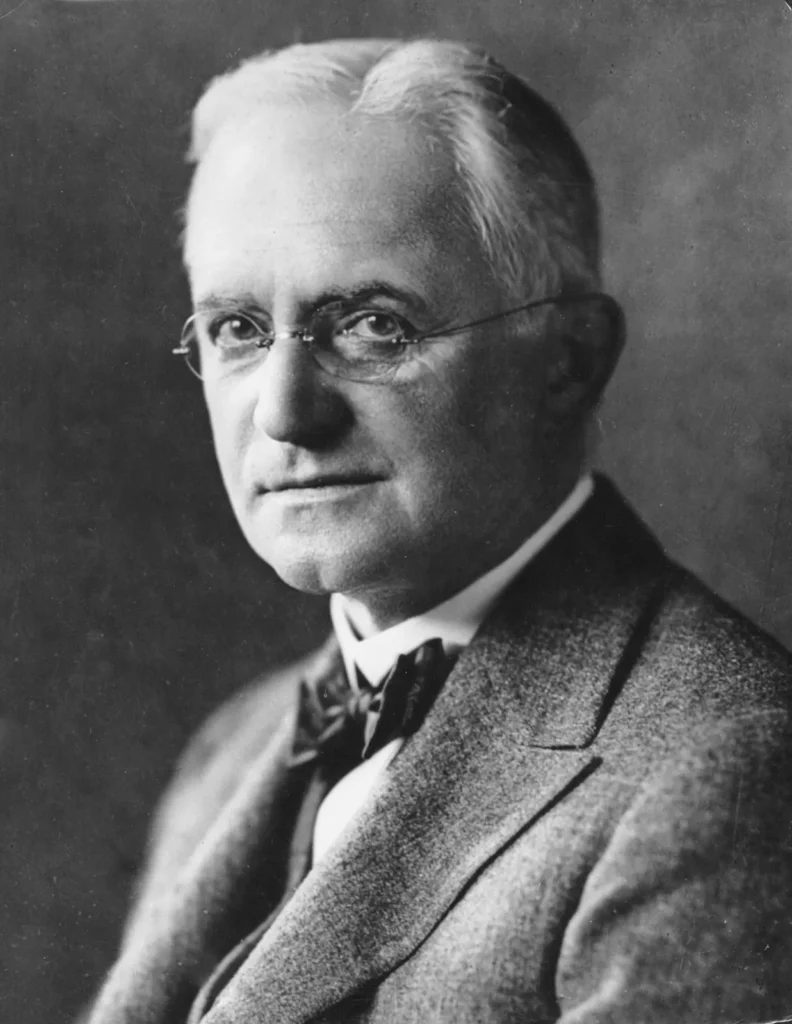
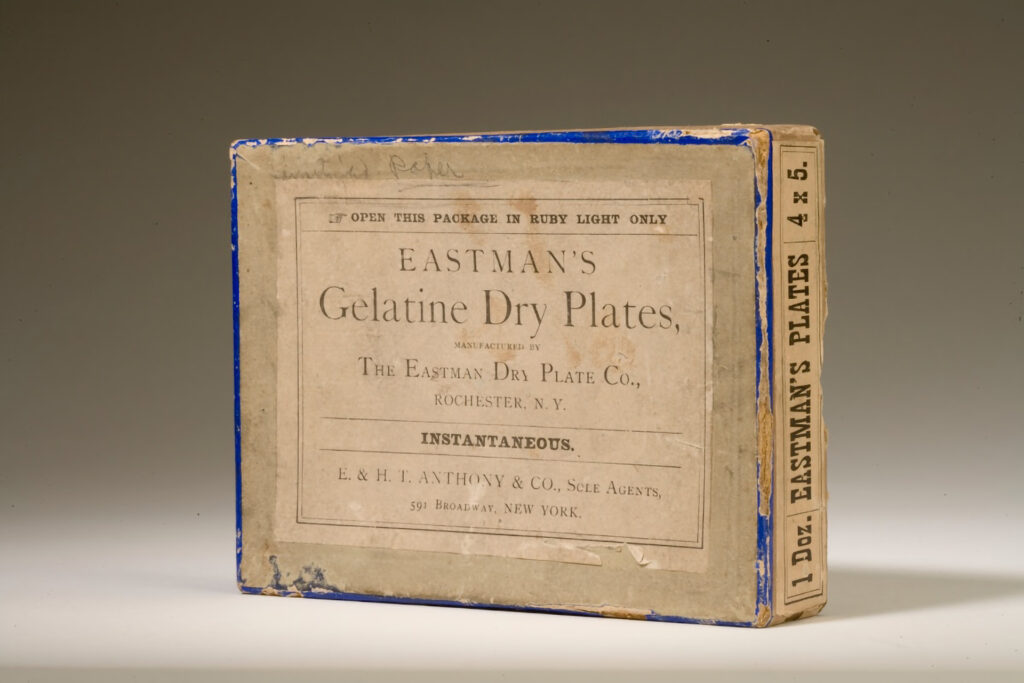
The company’s mission was to make photography accessible to the general public. In 1900, Kodak launched the Brownie camera, an affordable option for the general public, priced at just $1, which is roughly equivalent to around $30 today. It could capture 117 images on a single roll of film.
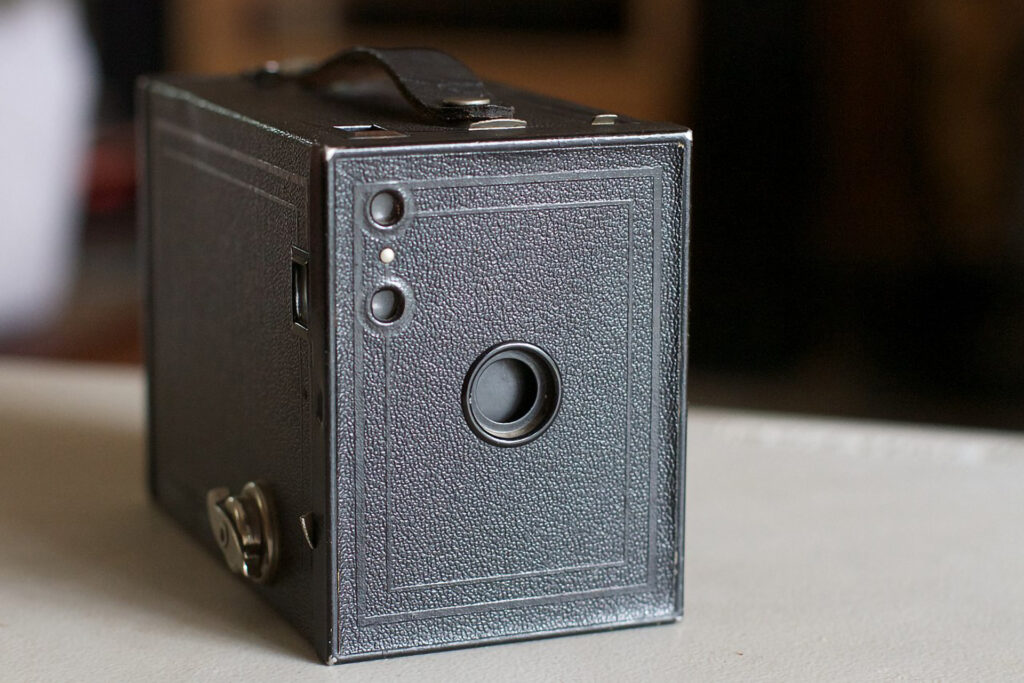
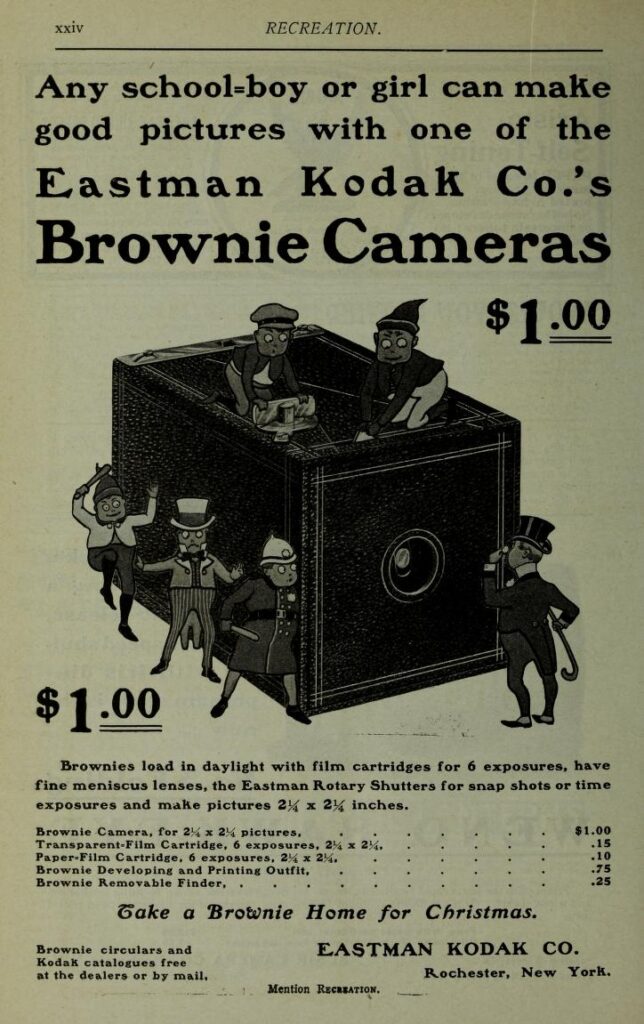
Emergence of Commercial Photography
As photography technology advanced, it became more accessible to the public. Studios opened, and professional photographers emerged. People could now have their portraits taken, and photography began to play a significant role in documenting history.

The Transition to Color Photography
Until the early 20th century all cameras produced only black and white images. However, scientists and engineers were still striving for color photography. Finally, in 1907, with the Autochrome process developed by the Lumière brothers the breakthrough came.

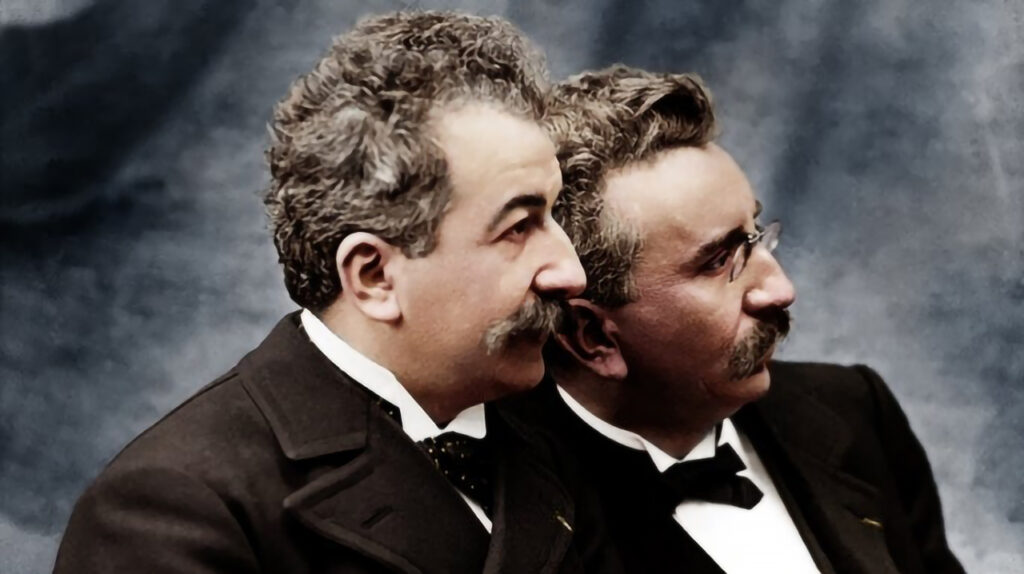
The Rise of Instant Cameras
In 1948, Edwin Land introduced instant cameras through his company Polaroid. These cameras produced photographs that developed right before your eyes, eliminating the need for traditional film processing. The instant camera era brought the joy of immediate image gratification to photographers worldwide.

The Digital Revolution
The true revolution in photography occurred with the advent of digital technology. In 1975, Steven Sasson, an engineer at Kodak, created the first digital camera. Unlike traditional film cameras, it didn’t require physical film and allowed for the storage of images digitally. This marked the beginning of the digital photography era, ultimately changing the way we capture, store, and share images.

Smartphone Integration
With the rise of smartphones in the 21st century, photography has become even more accessible. Mobile phones, particularly Samsung in 2000, began integrating cameras into their devices. Over time, smartphones have become powerful photographic tools, with multiple lenses, high-resolution sensors, and advanced image processing capabilities. They have made photography an integral part of daily life for billions of people worldwide.
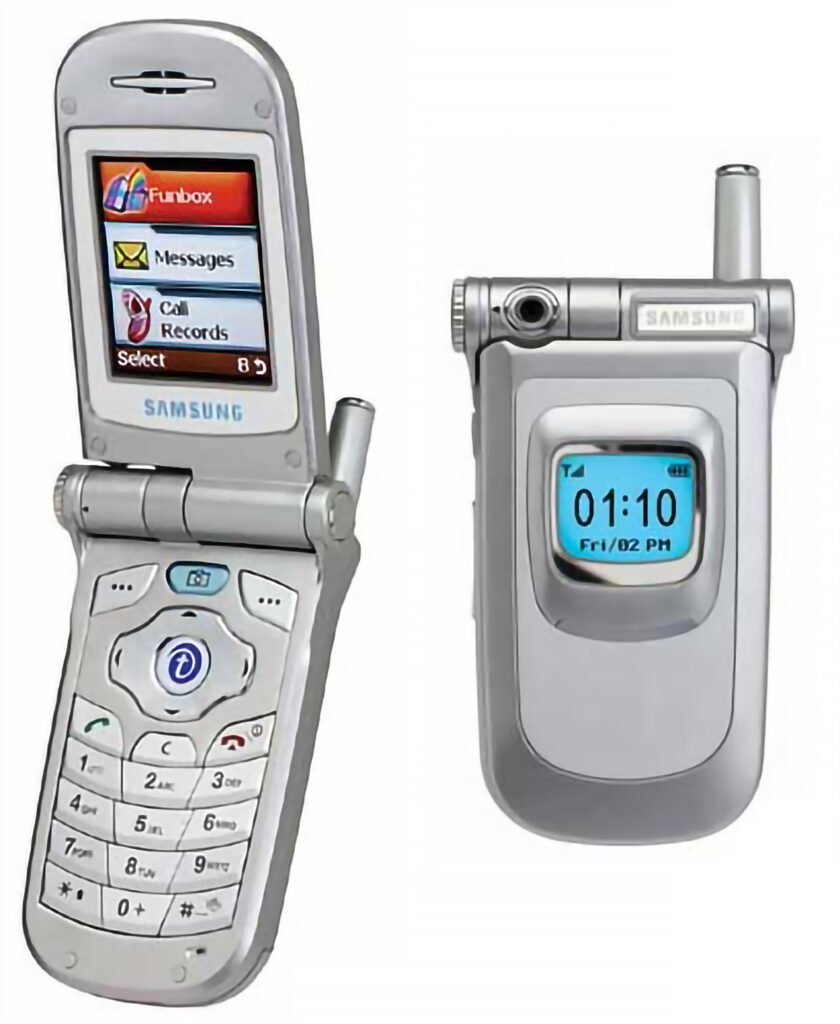
21st Century & Digital Camera
Camera technology continues to evolve. Innovations like mirrorless cameras, high dynamic range (HDR) imaging, and computational photography have expanded the possibilities of image capture. Today’s digital cameras offer exceptional versatility and quality, from professional DSLRs to compact point-and-shoots.
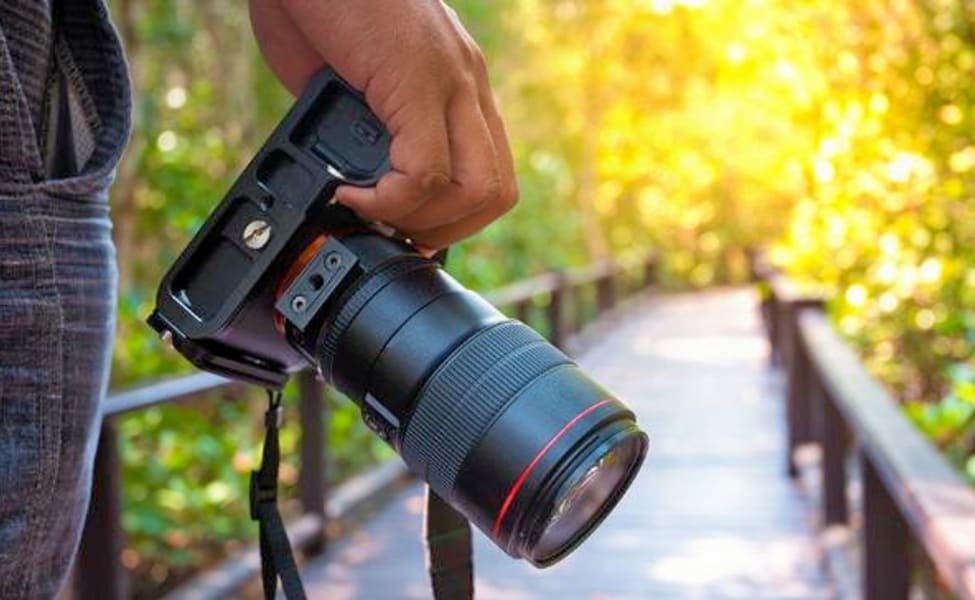
In conclusion, the history of photography and the camera is a remarkable journey of human ingenuity and technological innovation. From the humble beginnings of the camera obscura to the sophisticated digital cameras of today, photography has transformed the way we capture and preserve the world around us, making it more accessible and convenient than ever before.
